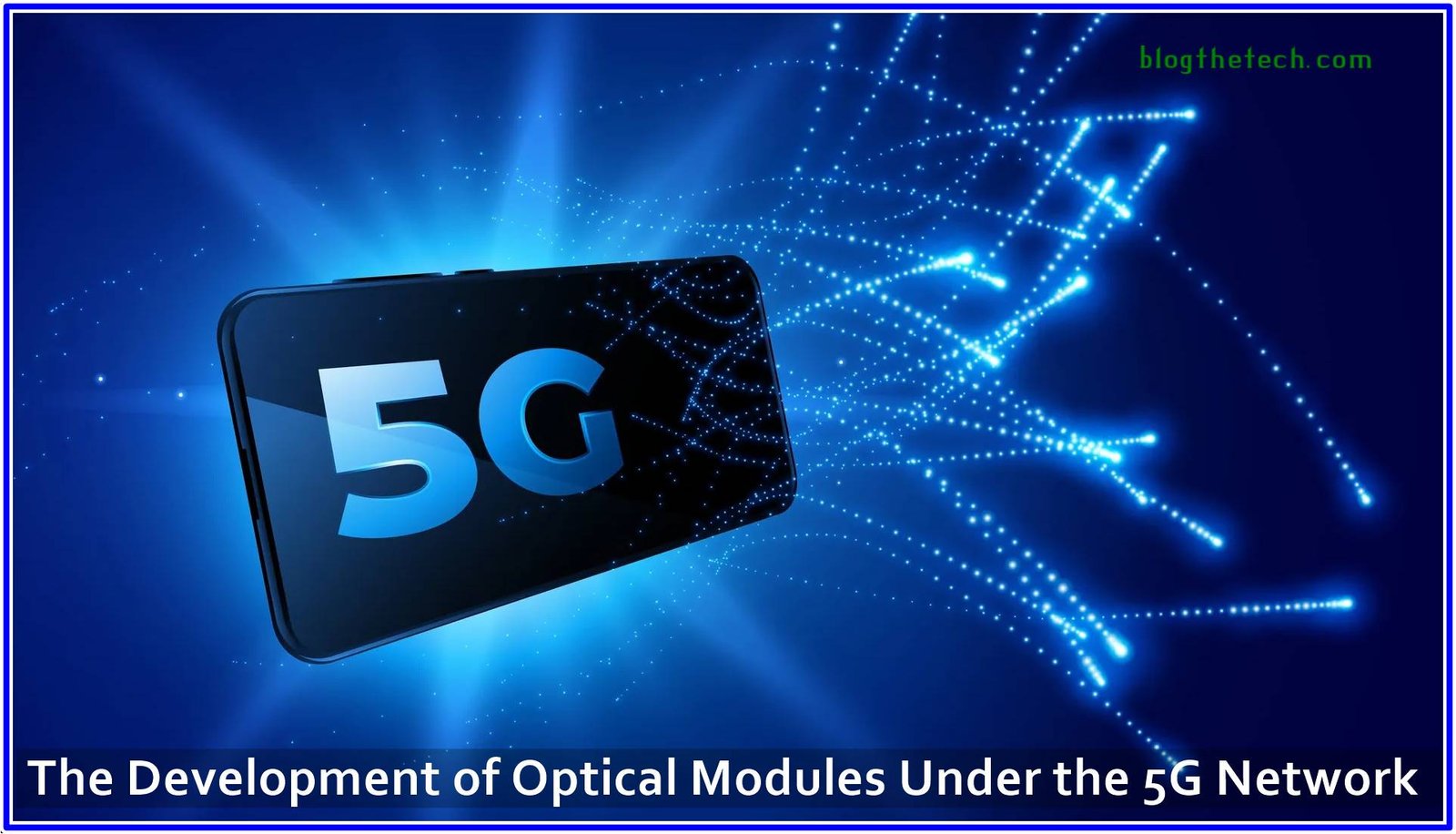The digital modes of transmission used in amateur radio have seen many options since the advent of personal computers, the availability of soundcards, and advanced systems. Since the earlier digital modes used large and heavy mechanical teleprinters, they used to be quite bulky to handle and inconvenient to operate. The new digital modes are much more efficient and can be used flexibly.
Amateur radio includes various communication modes, including digital modes that provide audio input into the microphone of the radio and use an analog scheme for its transmission. These analog schemes include frequency modulation (FM), amplitude modulation (AM), and single-sideband modulation (SSB).
So, here, in this article, we will discuss some of the most commonly used amateur radio digital modes that offer efficient transmission with reduced interference. Take a look!
Popular Options For Digital Mode Amateur Radio Transmission
Many amateur radio digital modes that use different techniques developed over the years are available. Some have applications in specific fields, while others are widely used. If you’d like to gain in-depth insights into amateur radio, click to visit and learn more about it.
However, since there are wide varieties, mentioning them all is not viable. So, below is a list of some of the most commonly used digital modes.
PSK31 – Phase Shift Keying 31.25 Hz
Also known as Binary Phase Shift Keying 31.25 (BPSK31), it is one of the most popular digital modes in the high-frequency bands. It uses phase shift keying modulation and takes 31.25 bits per second for data transmission.
PSK31 – Phase Shift Keying 31.25 Hz has a limited bandwidth of about 100 Hz, which allows it to resist interference. It also facilitates reliable data transmission at minimal power. It is a widely accepted digital mode that enables real-time communications like texting.
RTTY – Radio Teletype
Radio teletype (RTTY) is considered the first digital mode that originally had huge, bulky mechanical teletypes. It used a 5-bit Baudot code for data transmission using a two-tone mechanism. When on high frequency (HF), its frequency shift keyed the carrier signal.
However, when on very high frequencies (VHF) and above, its frequency shift keyed an FM signal with an audio tone. The mode is still quite popular. However, it uses modern computers for coding and decoding. It now uses a 170 Hz shift keying frequency at a 45.45 baud rate, which is 60 words per minute.
AmTOR – Amateur Telex Over Radio
An AmTOR is a unique type of RTTY that offers error detection and correction. It is one of the earliest computer-style digital modes that was used at high frequency.
Here, data transmission occurs in small groups because it finds application mainly in HF. Once the affirmation for a particular group is received, the following small data group is sent.
- MFSK-16 – Multiple Frequency Shift Keying
MFSK uses a multi-frequency shift keying technique with a two-tone concept to create several tones. This makes it more resilient to interference compared to PSK31. Also, it utilizes various tones or sequences of tones to transmit data. In real-time, it offers a user-friendly chat mode for amateur contacts, nets, and bulletin transmissions.
MFSK allows data transmission in both directions at different times, which makes it a half-duplex. It uses a non-Automatic Repeat ReQuest (ARQ) forward error correcting mode for the transmission. The mode gives high performance even when fading or interference due to the error protection.
WSPR – Weak Signal Propagation Reporter
WSPR is an open-source software set managed by radio amateurs. It is employed for sending and receiving weak signals between stations. It is a program that permits low-power transmissions to test communication paths in medium and high-frequency bands. The program utilizes a protocol that analyzes possible propagation paths that have low-power transmissions.
In a 2.5 kHz bandwidth, the software can decode signals with a signal-to-noise ratio of -2.8 dB. WSPRnet is the central database with a mapping facility where stations transfer their reception reports using internet connectivity to find the propagation paths they can use.
WSJT – Weak Signal Communication
WSJT is also open-source software managed by a team of radio amateurs. It is an amateur radio digital mode designed for weak signal transmissions. Several other modes come under WSJT, depending on specialized applications. So these modes include JT6M, FSK441, FT8, JT4, JT65, and more.
However, FT8 has grown significantly under WSJT due to its potential to carry out high-frequency communications over long distances. In addition, it has low signal properties that offer high performance in decoding steady-state and short-lived signals.
Winding Up
Several other amateur digital modes are under experimentation, and new varieties come up constantly. People also enhance current modes, making them more effective in functioning. With new technologies, new software and techniques are utilized to improve the performance of digital modes and reduce interference in signals for effective communication.





